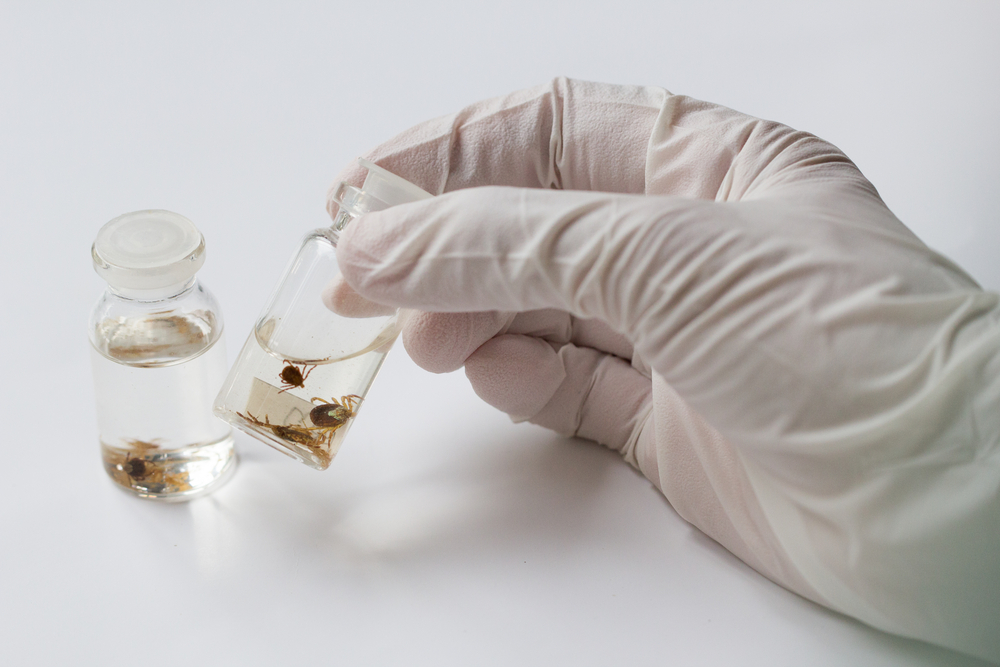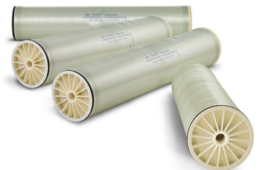
Caption: A new study shows that ticks survive longer in the more humid northern climates than the hotter, more arid southern climates.
The humid summers common in the northeast U.S. are fostering the survival of ticks, while they are dying off during the more arid southern summers.
A study led by the United States Geological Survey (USGS) has shown that ticks that carry the potentially fatal Lyme disease often die of dehydration when exposed to the high temperatures and lowered humidity that are commonplace in southern states.
For example, in 2015 there was 11 confirmed cases of Lyme disease in Alabama, while there were 491 confirmed cases in Vermont, despite Vermont having 4 million less people. Just 14 states in the Northeast, Mid-Atlantic and northern Midwest account for about 95 percent of all reported Lyme disease cases.
The study represents the first time researchers looked at the role regional temperature and humidity conditions play in tick survival.
USGS research ecologist Howard Ginsberg, with colleagues at the University of Rhode Island and Michigan State University, have been studying the metabolism, life cycle and behavior of black-legged ticks in recent years. They have been collecting tick larvae from different parts of the Eastern U.S., discovering that larvae all live longer in relatively cool temperatures.
A previous study showed that southern black-legged ticks stay hidden under a layer of leaves, where they are less likely to come into contact with people.
In the latest study the researchers hypothesize that southern ticks shelter under leaves to retain moisture, a leading reason why Lyme disease is less common in the south, while a 2015 study also showed that northern ticks often climb plant stems, which make it more likely a human will pass by.
“In the North, when you walk through the woods you’re walking right through tick habitat,” Ginsberg, who is the leader of the USGS Patuxent Wildlife Research Center’s field station in Kingston, Rhode Island, said in a statement. “In the South, you’re walking on top of the habitat.
“We think that is a crucial difference,” he added. “So the next step was to find out why it occurs.”
The Ginsberg-led team exposed immature black-legged ticks to a simulated northern climate with temperatures between 72 and 74 degrees Fahrenheit and a southern climate of 90 to 92 degrees Fahrenheit in the laboratory, with humilities set to 75, 85 or 95 percent.
Using both ticks raised in Rhode Island and a lab created hybrid ticks, the study showed that the combination of high temperatures with lower humidity was particularly deadly for hybrid ticks.
The researchers believe that southern ticks have evolved over time to stay in the moist environment under leaves, where they are less likely to encounter humans.
“There has been a lot of research aimed at finding out what makes black-legged ticks more efficient hosts for Lyme disease in the North than in the South,” University of Rhode Island entomology professor Roger LeBrun, a co-author of the study, said in a statement. “People have looked at everything from the effects of temperature on tick life cycles to the types of animals the ticks feed on.
“Probably all of these play a role. But our results suggest that evolutionary pressure to conserve moisture by staying under the leaf litter surface is a critical factor.”
Black-legged ticks acquire Borrelia burgdorferi—a disease-causing bacterium—by biting infected animals. The ticks can subsequently transmit the disease by biting human beings.
According to the US Centers for Disease Control and Prevention, an estimated 300,000 Americans are infected with Lyme disease annually. Lyme disease is more common than West Nile virus or any other illness transmitted by insects or arachnids in America.
The symptoms of Lyme disease include fever, headache, fatigue and possibly a rash. However, if left untreated the disease can cause damage to the heart, joints and nervous system.
The study was published in PLOS One.




